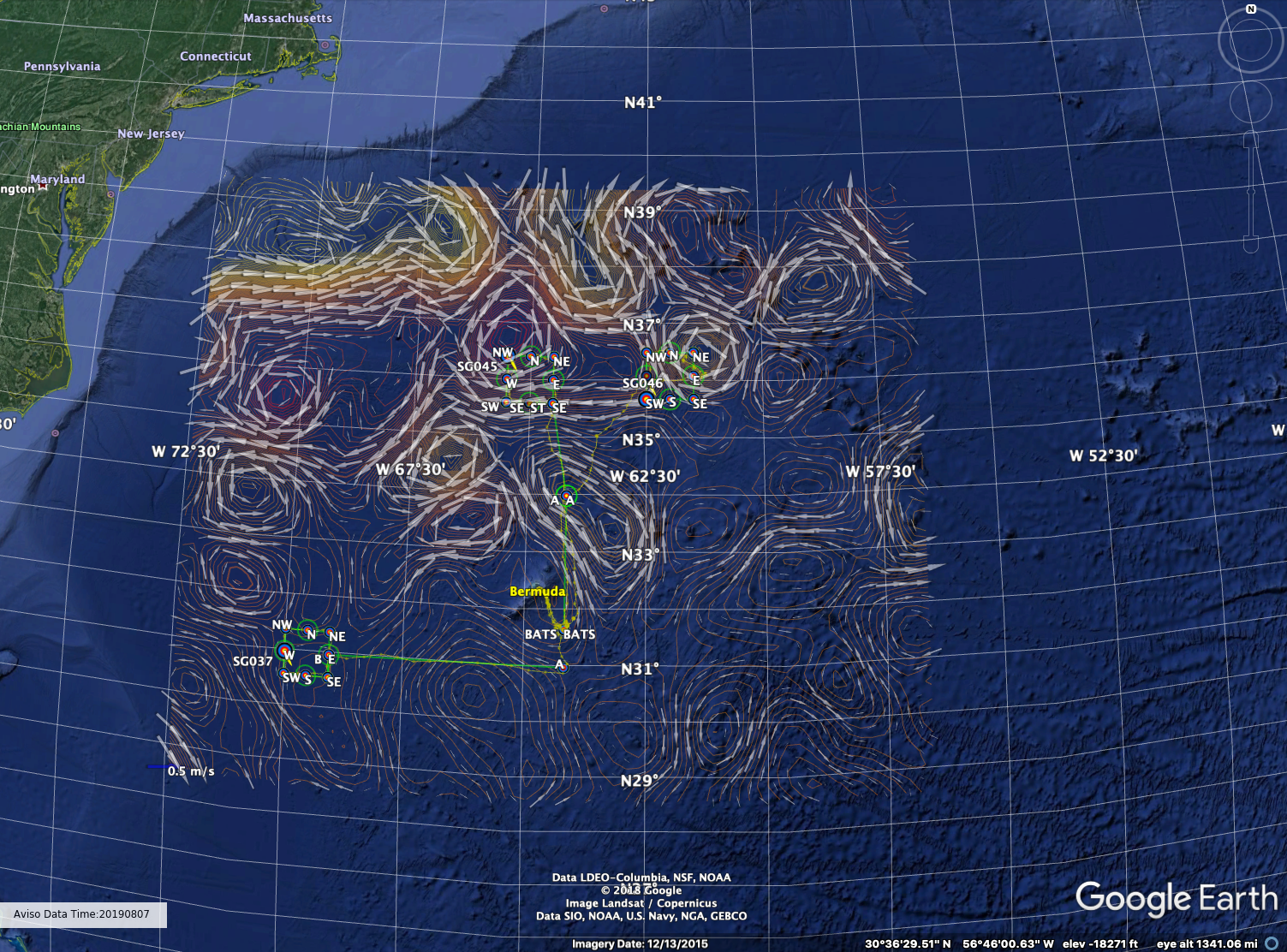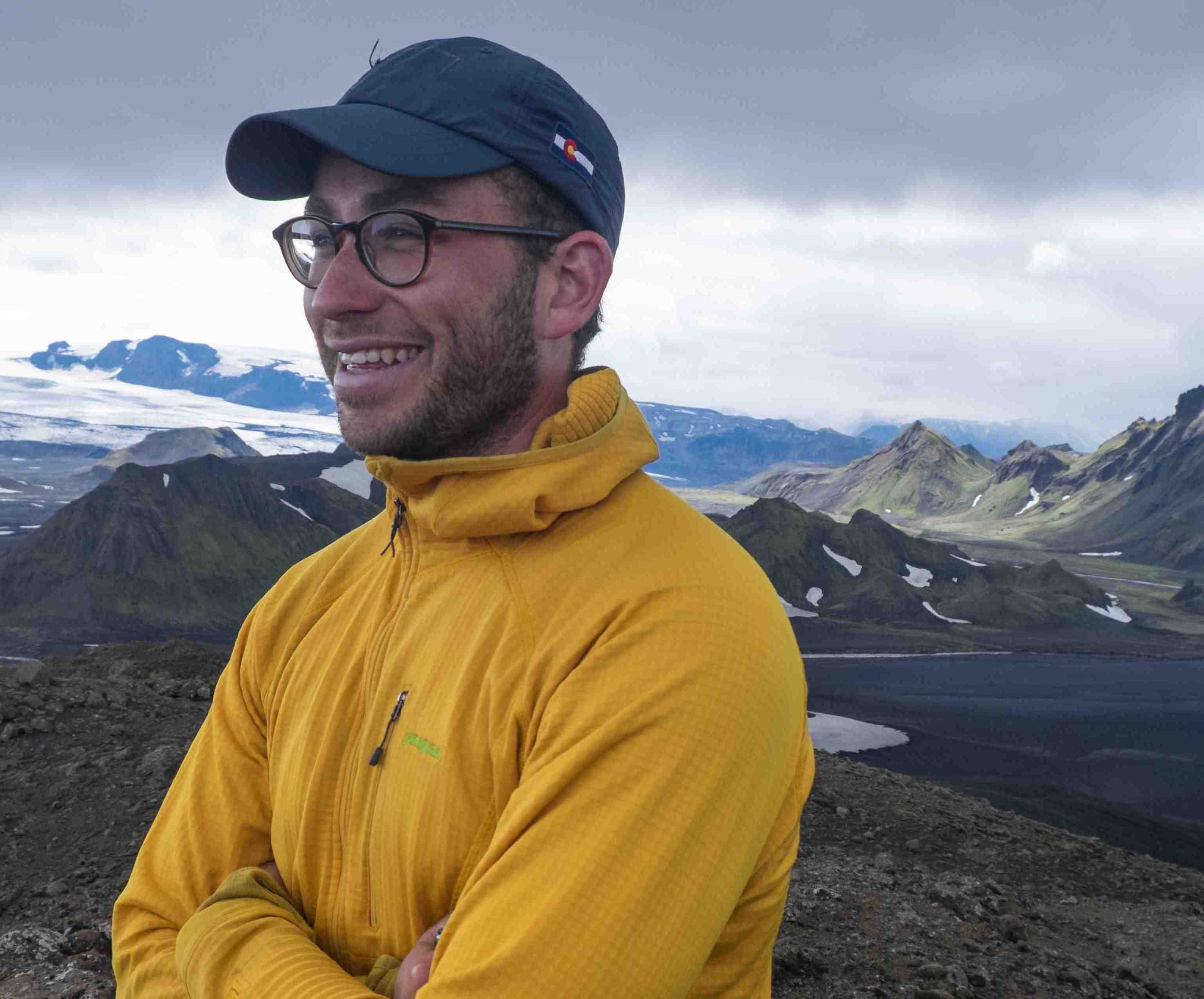research
past and present interests:
sea level
Over some region of the ocean, sea level changes represent the vertically integrated, or combined, effects of changes in ocean heat content, circulation, mass, and atmospheric forcing. Together, summing across all ocean basins, these changes manifest as a global mean sea level that has been rising over the past decades. This trend has been linked to increased ocean heat uptake (and thermal expansion) and ocean mass gain (a loss of terrestrial water storage). At regional scales, however, observed and simulated patterns of variability become more complex and less easily attributed to local and/or remote forcings. My work aims to identify relevant physical process that shape and moderate these sea level changes, especially along coastlines. These include,
-
linking observable quantities such as ocean bottom pressure, ocean temperature/salinity, sea level, and coastal sea level to a processes understanding of ocean variability
-
leveraging high-resolution ocean and climate simulations to quantify heat and mass transport along coastal margins.
-
identifying sources of coastal sea level predictability across weekly to inter-annual timescales
-
improving the representation of sea level relevant processes in ocean and climate models (e.g. non-Boussinesq configurations, interactive ice-sheet representation, self-attraction and loading parameterizations, resolution of western boundary current systems)
postdoc projects
-
Ocean Transport and Eddy Energy Climate Process Team (w/ S. Cole, E. Yankovsky, S. Smith, L. Zanna, K. Drushka, …) Mesoscale turbulence represents a major fraction of oceanic kinetic energy yet these motions are only at best partly resolved in global climate models. This research incorporates in-situ and remote sensing measurements of ocean eddies to better understand what sets the distribution of energy across horizontal and vertical scales with the intent of improving parameterizations in coarse models.
-
NASA Ocean Surface Topography from Space: 30-Year Satellite-Altimeter Record or Regional Sea-Level Change (w C. Piecuch, B. Hamlington, P. Thompson, S. Coats) While global mean trends in sea level have remained positive over the last 30 years, regional trends vary significantly in space and time. To better understand the physical drivers of these observed trends, we used the ECCO state estimate along with remotely observed and in-situ measurements, to quantify relationships among ocean bottom pressure, steric height, and sea level.
mesoscale turburlence
scale energy flux (inverse and forward cascades)
eddy vertical structure
- surface projection of interior motions: reconstructing interior flows from surface observations
- role of bathymetry in setting the partitioing of barotropic and baroclinic kinetic energy
- drivers of kinetic energy dissipation at the sea floor
coherent vortex evolution and decay
eddy tracking (in-situ, remotely sensed), material transport, and applied topology (contour trees, eddy geometries, and connectedness)
Autonomous Underwater Vehicles: Seaglider, Deepglider
this photo shows coordinating efforts to use altimeter derived surface velocities while piloting gliders to sites of interest (2019)

a Deepglider deployment in Bermuda 2018
